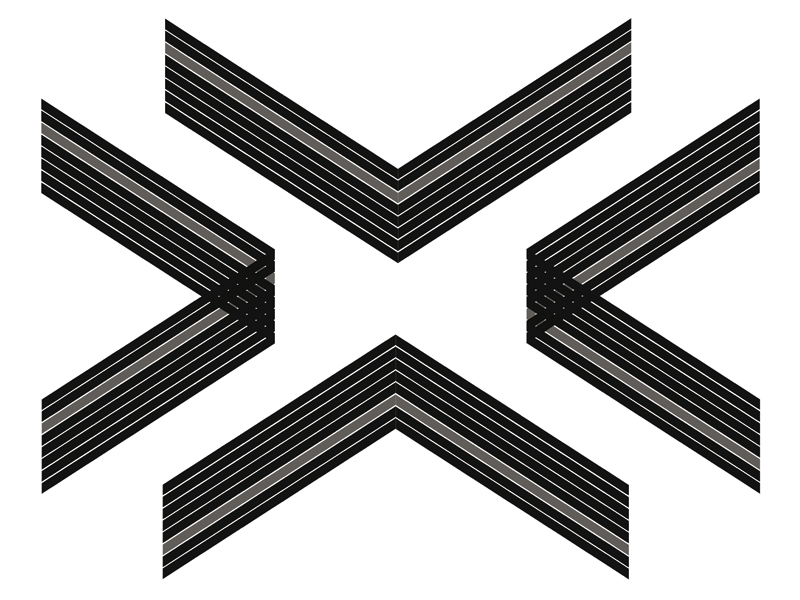

Ink on paper

Ink on paper

Ink on paper

Ink on paper

Ink on paper

Ink on paper

Ink on paper

Ink on paper

Ink on paper

ink on paper
This exhibition is the occasion to present his ink on paper works. Damien Mazières ink works are a continuation of his larger paintings where the question of architecture gives way to a declension of formal sets. A second group of ink works present in a very frontal manner, simple graphic texts in sober and rigorous typography, and abstracted English phrases (similar to Ruedi Baur's work with Integral Concept the typeface in question being Helvetica). The execution of these works attempt perfection while accepting the occasional minor accident. Far from being a lesson in control, the work is more about rigour and patience, an marks the beginning of an open series.
The subject for the paintings, again is sober, the technique is precise, almost disembodied. The sharp process of realization gives an impression of vibration. The formats are also systematic, every big painting measures 1m x 1,5m, the hanging of which is always centred on the panel, and let us imagine the possibility of a frame for these paintings. This frame is not a frame but a rule. Which brings us to the variations in colour and subject, extracted at different scales, but stemming from the same simplified architecture. Some leave room for doubt (present in painting since Staël) on their representational or abstract attachment. The absence of a title excludes any possibility of providing an interpretation or information: the paintings value lies in what they are and what they are not in their causal story. This practice borrows from the codes of Swiss painting (Decrozat, Daflon, Baudevin), while recycling in its subject a repertory characteristic of new-age urbanscape painting from the west coast of the United States. The link being founded in the use of colour, in their sometimes voluntary improper assembly. However it is to be noted that these stark architectures are generally modernist (originating mostly from Germany, Switzerland or New York, and even California as in Ed Rusha's depictions), yet another argument in favour of formal practice.
In continuation to these big paintings, are a series of small identical formats, (50 x 60 cm which have a homogenous theoretic rapport to the large formats) and create a link between the ink works and the larger paintings. We find here a more evident proximity with certain references, a mountain (a tongue in cheek reference to Saint Victoire when Cézanne
opened the door to modern landscape?), also in the tonal variations found in some of Baldessari's collages, and in passing the draft notes of calculus of the minimalist painters (Lewitt). However the modesty of their size excludes them from the authoritarian ambition of their predecessors, and because of this renders them both simple and evident.
And so this exhibition allows us to apprehend an ambitious, yet reserved, demanding and open practice.